Soap operas are staples of British TV scheduling, they shine a light on the everyday experience just with tons of melodrama hurled in. Want to keep audiences on their toes so they tune in tomorrow? No worries, throw a duff duff cliffhanger and you’ve sustained your viewing figures. Adore it or loathe it – soap operas are part of the fabric that makes up British culture.
Coronation Street is the longest-running current television soap first broadcast on ITV in 1960, and in the time that it has been on our screens, we’ve been kept on our toes with storylines from across the UK’s leading broadcasters like BBC, ITV, and Channel 4. From murder mysteries to the fallout of an affair – the humble soap opera runs like clockwork every single week.
What makes soap operas so in touch with the audiences that watch them is the fact that the storylines accompany progressions and controversies in society at the time. At the time when Coronation Street was released in the 60s, there was the Sexual Offences Act 1967 which decriminalised sex between two men over 21 ‘in private’.
In 1969, there were the Stonewall riots in America by members of the LGBT community against a police raid in Manhattan – an event that kickstarted the modern LGBTQ+ liberation movement worldwide. In 1972, the first Pride event was held in London with approximately 2,000 participants attending. In 1974, Labour MP Maureen Colquhoun came out as a lesbian. 10 years later, Labour MP Chris Smith becomes the first openly gay MP.
Following these strides in society, culture and politics was the task of how soap operas would navigate representing LGBTQ+ relationships and identities.
Brookside’s Gordon Collins (Nigel Crowley) became the first openly gay character in a British soap opera in 1985. Then in 1989, Eastenders aired a historic moment with the first gay kiss in a soap opera seen by millions. In the background of the AIDS epidemic, the kiss faced fierce stigmatisation.
In 1994, Brookside aired the first pre-watershed kiss between two women. It has since become an iconic moment on television, starring Alison Steadman and Myra Frances as two female army officers having an affair.
In 1995, Eastenders introduced its first bisexual character Tony Hills (Mark Homer).
Possibly one of the most moving storylines of any soap opera came with Eastender’s Syed (Marc Elliot) and Christian (John Partridge). Syed was the first gay Muslim character who faced enormous hurdles to be together with his love Christian, to the point where he married his girlfriend he didn’t love just to satisfy his family. It was a storyline that showed the familial and cultural barriers to accepting LGBTQ+ relationships.
In 2015, Hollyoaks worked with HIV and sexual health charity Terrence Higgins Trust to deliver a sensitive HIV storyline when Ste (Kieron Richardson) was diagnosed.
When it came to trans representation on soaps, Coronation Street was the first to feature a transgender character with Hayley Cropper (Julie Hesmondhalgh), however, the actor was cisgender. In 2015, Eastenders’ trans actor Riley Carter Millington was cast to play Kyle the half-brother of Stacy Slater. In the same year, Hollyoaks cast Annie Wallace as Sally St. Claire – the first transgender person to portray a regular character in a soap.
Emmerdale introduced an asexual character with the character Liv Dingle (Isobel Steele) educating their audiences sensitively on asexuality.
Soap operas in general have more regular Pride events every year too. Last year, Emmerdale brought in Drag Race UK’s Season 1 winner The Vivienne in a special appearance for their Pride episode. Eastenders had its own iconic episode titled Walford Pride and the set has its own gay bar all year round.
Right now, there are LGBTQ+ storylines being explored by some of the most beloved soap opera characters. From Eastenders’ Ben Mitchell, and Emmerdale’s Charity Dingle to Coronation Street’s Nina and Asha. From zero representation to a whole host of complex and dynamic portrayals on-screen, these representations of LGBTQ+ relationships and identities continue to grow and develop on our screen.
Yes, there are still those making Ofcom complaints to this day when there’s a same-sex kiss. Frankly, those people can “get outta my pub” because the soaps are flying their flags high all year round and nothing is going to stop them.

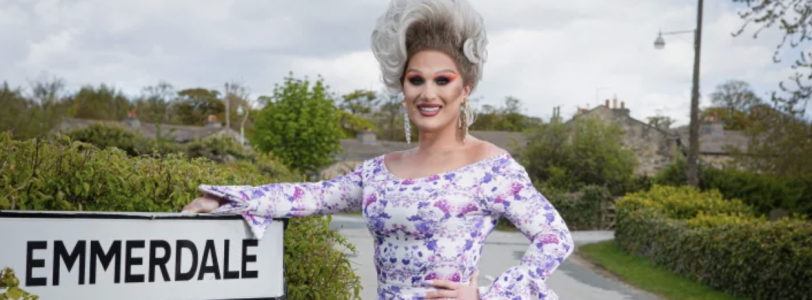
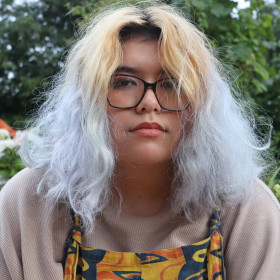
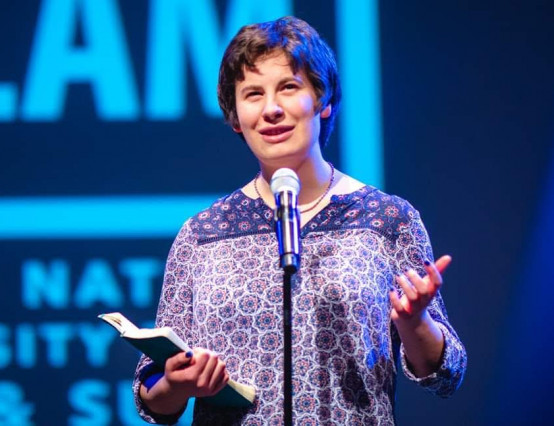
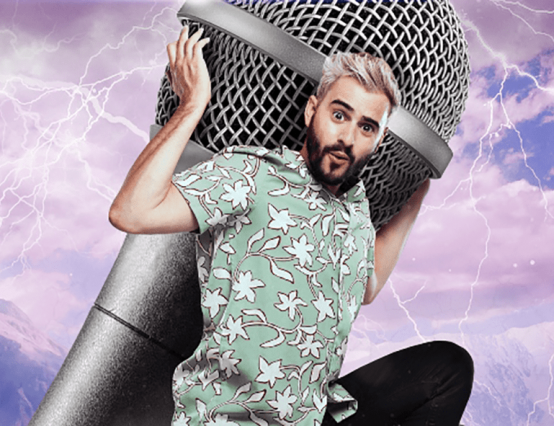
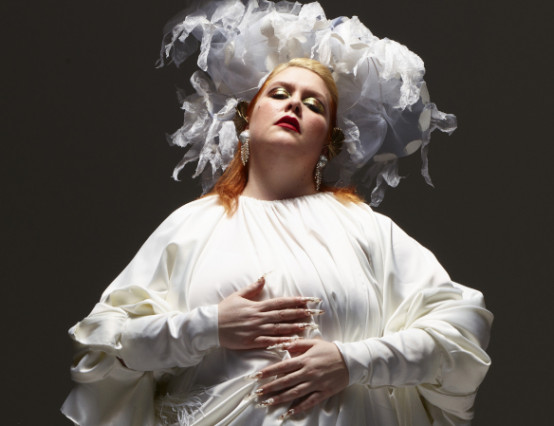


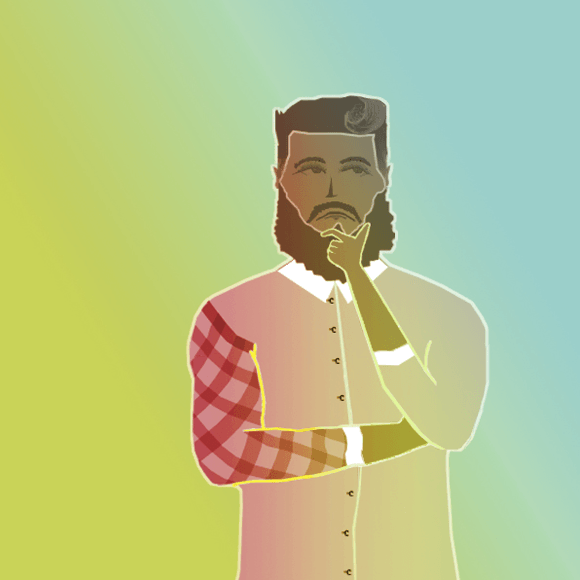
0 Comments